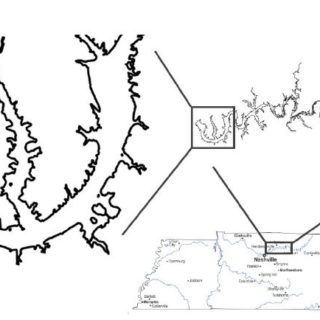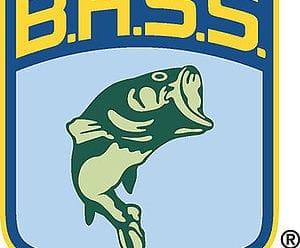Overview
-
Status
Ongoing -
Estimated Completion
2023 -
Location
Old Hickory Lake, TN -
Grants Received
$121,100 -
Total Budget
$130,600 -
Partners
Tennessee Wildlife Resources Agency, United States Army Corps of Engineers, Nashville District, Tennessee B.A.S.S. Nation

This project benefits the habitat of Old Hickory Reservoir, which is a 22,500-acre mainstem reservoir on the Cumberland River. Specifically, this project will be restoring altered habitat by adding 420 artificial habitat structures in key areas relative to different patterns in bass movement throughout the year. Additionally, 10 large rock piles and two large rock reefs will be created to further enhance habitat for numerous fish species.
Why It Matters
This project will benefit anglers by providing a substantial increase in access to quality fish habitat structures for anglers of all skill levels. Specifically, the project will add 400 artificial structures spread out among 10 sites with a design that has a proven track record of attracting sportfish species. These sites will receive a special marker buoy as part of the new Bill Dance Fishing Trail in Tennessee and be specially chosen to increase angler success at various times throughout the year. Ten additional sites will receive two new 10-ft tall artificial attractors, named Tennessee Towers. Ten large rock humps and two rock reefs approximately 75 ft in length will add offshore habitat for more experienced anglers. This diversity of habitat types will greatly increase the enjoyment and recreational opportunities for our anglers by providing new access to high quality fishing locations.
What FOR Is Doing
We will be significantly increasing habitat complexity by installing 420 artificial habitat structures across 20 sites, 10 large rock humps (approximately 25 tons of rock each), and two rock reefs (approximately 75 tons of rock each that will stretch 75 feet each) for a total of 32 new habitat enhanced areas.
Related News

AFTCO & Bass Fishing Hall of Fame Grant Applications Due Tomorrow!
Two great opportunities are available for bass fishing organizations, clubs, groups and agencies looking to do conservation projects in 2025 to get funds to help support their projects. Grant proposals […]

2024 Annual Business Meeting Minutes Posted
The 2024 Annual Business Meeting Minutes have been posted on the event page: https://www.friendsofreservoirs.org/event/2024-annual-business-meeting/ These minutes will be formally approved by vote at the 2025 Annual Business Meeting. Please review […]
Reminder of Quarterly RFHP Call
Remember to mark your calendar for the April 16 call of RFHP representatives! Reservoir Fisheries Habitat Partnership Virtual Meeting
Donate Today
to support similar habitat projects

